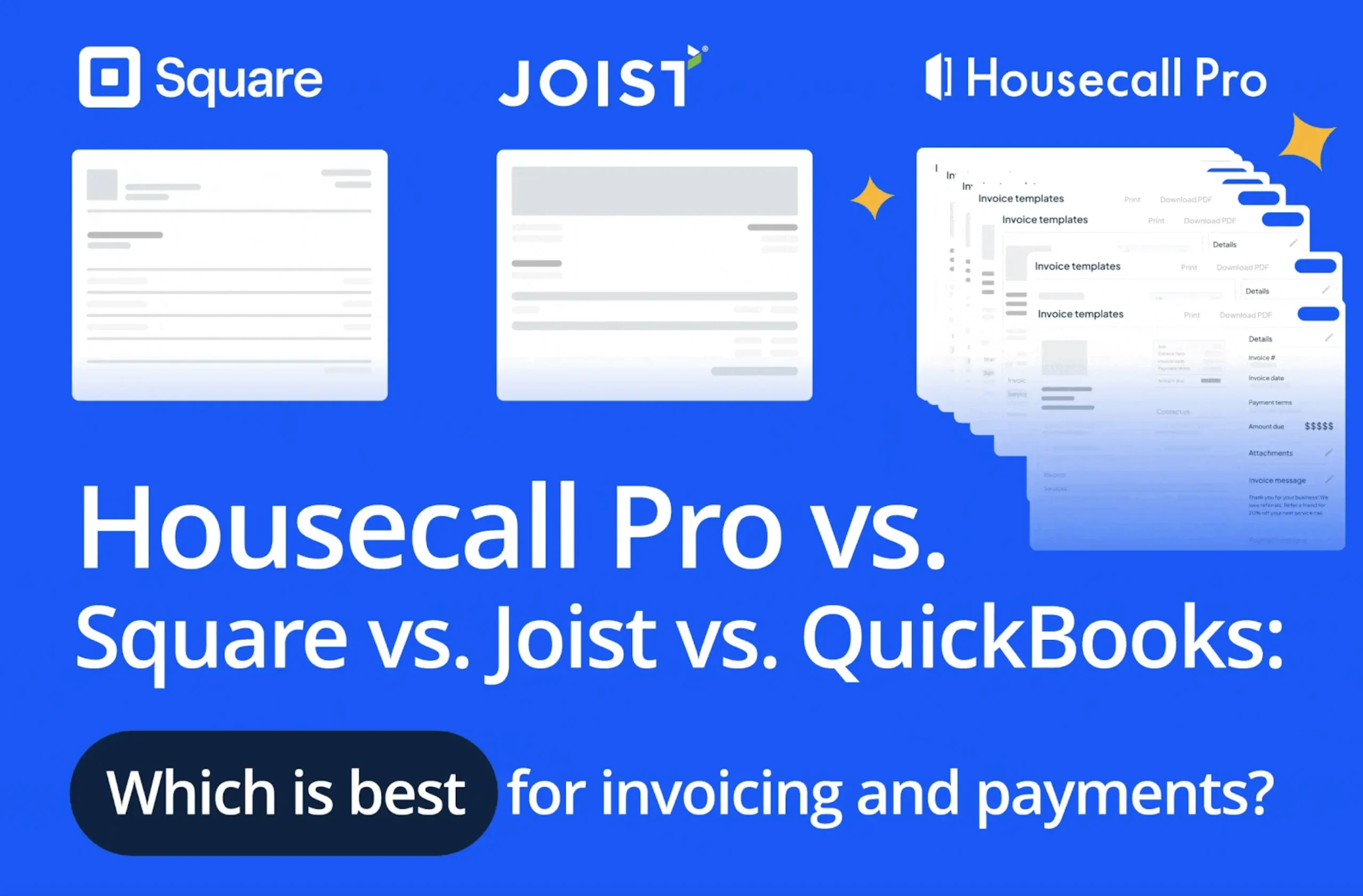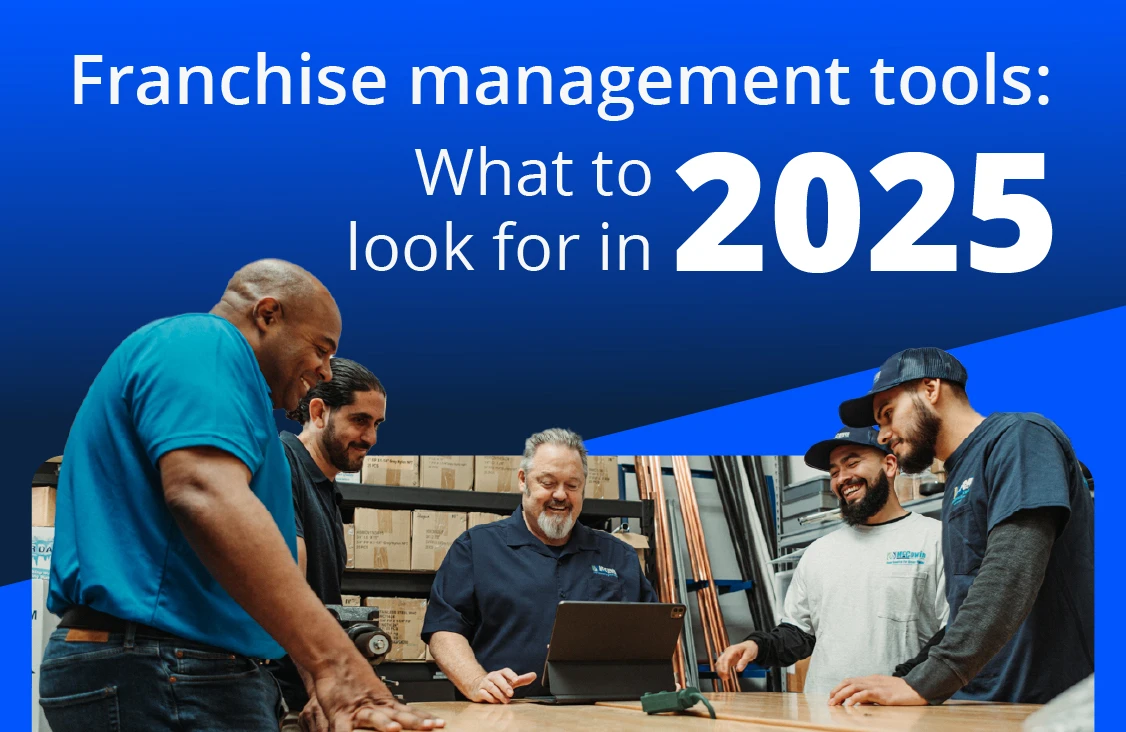
Everyone loves a good deal. No matter what the service or product is, customers are attracted to the idea of getting something for less than its regular price. When searching for a vendor to work with, we know that customers do considerable research to find a good match, but we also know that a good deal can usually get the attention of a potential customer better than many other tactics.
In a study done by BIA/Kelsey’s Local Commerce Monitor, more than 30% of SMB sales come from promotions such as discount deals, daily deals, coupons, or similar discount offers. Additionally, the study found that through special offers, small businesses can create loyalty programs that are incredibly effective at building repeat business with existing customers.
Discounts and offers provide an effective way to stand out from your competitors and to burnish your company name into the heads of potential customers. They can communicate that you are eager to get customers’ business and that you are willing to take a financial hit to get it. That tells customers that you’re willing to give up a little to get their business. Plus, when a customer can save money, you’ve already got them in a good mood and eager to work with you.
Tips for small businesses using discounts and offers
Who should you target with your offers?
Your customers fall into two categories: new and existing. Pretty simple, but they are generally treated differently in terms of your marketing. New customers have an issue that needs solving quickly, and they are usually going to compare multiple vendors and will weigh different factors before they make a decision. Existing customers can rely on your past performance and if you’ve done well enough in their eyes to get their business again, an occasional discount can be a way to show your appreciation for them and encourage repeat business.
In all cases, price is a critical factor in who the customer chooses, and you gain an upper hand if you offer a discount. The discount itself is enticing, but it doesn’t force you to cut your fees and prices for regular services. It’s usually a one-time offer that grabs the attention of potential customers, gets them engaged with you, allows you to get their business, and you then have the opportunity to gain their trust. Using special offers sporadically with existing customers can help strengthen that trust and encourage repeat business.
Keep in mind, however, that a discount or special offer means that you sacrifice revenue in order to get a customer. That’s not a great long-term strategy, and it doesn’t make sense to shoot yourself in the foot by discounting too much. Doing so can devalue your quality in the eyes of a prospective customer and cause them to question your ability even before you get started. Make sure you give some serious thought to how you apply your discount and offer strategy.
Shopify provides a variety of suggestions for special offers, and while there are many ways to use them, we recommend the following in order to be most effective at getting more customers and retaining the ones you already have:
Percentage discounts:
These types of discounts require you to understand your cost of doing business and knowledge of what you’re willing to give up. Consider a 10% discount. In the eyes of a customer, 10% off a $100 fee may not seem like a lot, but 25% does. In offering a 25% discount, you’re willing to forgo $25, which may be the cost of an hour of an employee’s time. You can probably absorb that. Now, a 25% discount on a service that costs $1000 could be a killer for your bottom line, whereas you can probably withstand a 10% discount. Do the math first, but percentage discounts really stand out in the minds of customers.
Flat discount:
A flat discount is usually for a set amount of money; something like, “$100 Off Duct Cleaning Service.” In this type of discount, you can generate business at times when certain services aren’t being called upon (air conditioning maintenance in winter months), or perhaps move excess inventory (“50% Off All Parts for All Lawnmower Repairs”). Flat discounts can also be time-limited in order to create greater demand.
Referrals:
You can use these types of discounts to actually generate incremental business. This is where you can offer a discount for a customer referral. For example, if an existing customer refers a new customer to you, the existing customer is rewarded with a special offer or discount. This is a great way to recruit your customers to both do your marketing for you, and to become more tightly engaged with you for longer-term commitment as they become part of your “army” of evangelists.
Complimentary:
Sometimes, customers just love to be recognized for choosing you. In this case, you can provide a customer with a special discount as a way to thank them for being a valued part of your business, or even for holidays and other milestones.
Quirky:
This is where you and your customers can have some fun. During particularly hot months, you can offer a free case of Coke with any service call. That will set you back only $10, but the customer will see it as a freebie (which everyone loves), and a kind gesture. Or you can go the wacky route and raffle for some unknown prize. When the winner is chosen, perhaps he gets a bag full of hammers. And then the next month, the winner gets 10,000 paper clips. OK, I realize those are totally useless as actual prizes, but they don’t have to cost much and they will be huge for promotional value.
Holiday and seasonal offers:
People organize their lives around holidays and different seasons. You can use discounts as a way to insert your service into their personal organization. For example, the start of summer is when a lot of road trips happen; it’s a great time to get the attention of car owners who will need an oil change. When fall hits, the kids are back in school and it’s a good time for carpet cleaning. Encourage people to use their time effectively by offering discounts to drive more business to you during these periods.
Abandon/retarget offers:
Some people will begin to book online with you, but won’t complete the process. Your online booking app will provide you with data about abandoned attempts, which you can use to re-engage. This might come in the form of an email that says, “We saw that you started to book an appointment. While we hope your problem has been solved, if you still need our services, we’d like to offer you 15% off your first appointment.” It’s great customer service and will make a lasting impression.
Email and website subscription offers:
On your company website, you can easily add the ability to capture the names of site visitors with a tool that says, “Join us for future discounts and special offers”, or if you have a company blog, you can offer, “Sign up to get updates when we publish a new blog.” Upon collecting those names and email addresses, you can effectively target those people with special offers as a reward for having signed up to stay connected with you.
Welcome aboard:
It’s hard to get the attention of potential customers, but an offer of a discount can help you break through the noise of your competitors. In these types of discounts, you might be willing to part with a larger percentage of revenue because it’s so much harder to get a customer than it is to keep a customer. But if you can get the attention of the customer, it’s also an opportunity to put on a dog-and-pony show and demonstrate how awesome you are. So while you may forfeit some profit, you have the opportunity to more than gain it back in the long run.
Reminders:
Reminders are helpful, but not always welcomed. You can turn this around and demonstrate to customers that they actually need, say, a furnace tune-up and get them to commit to one if you market it in a seasonal way – in September, for instance, you can encourage them to prepare for the winter with a “Prep for Winter Sale – 20% Off Furnace Tune-Ups During the First Week in October.”
Your time is valuable and you should get paid for what you’re worth. You also don’t want to be seen as the company who discounts everything because that may signal desperation in the eyes of customers and competitors. But with a smart strategy for using discounts and special offers, you can be viewed as a strong, attractive vendor who is willing to go to great lengths to win people’s business.






